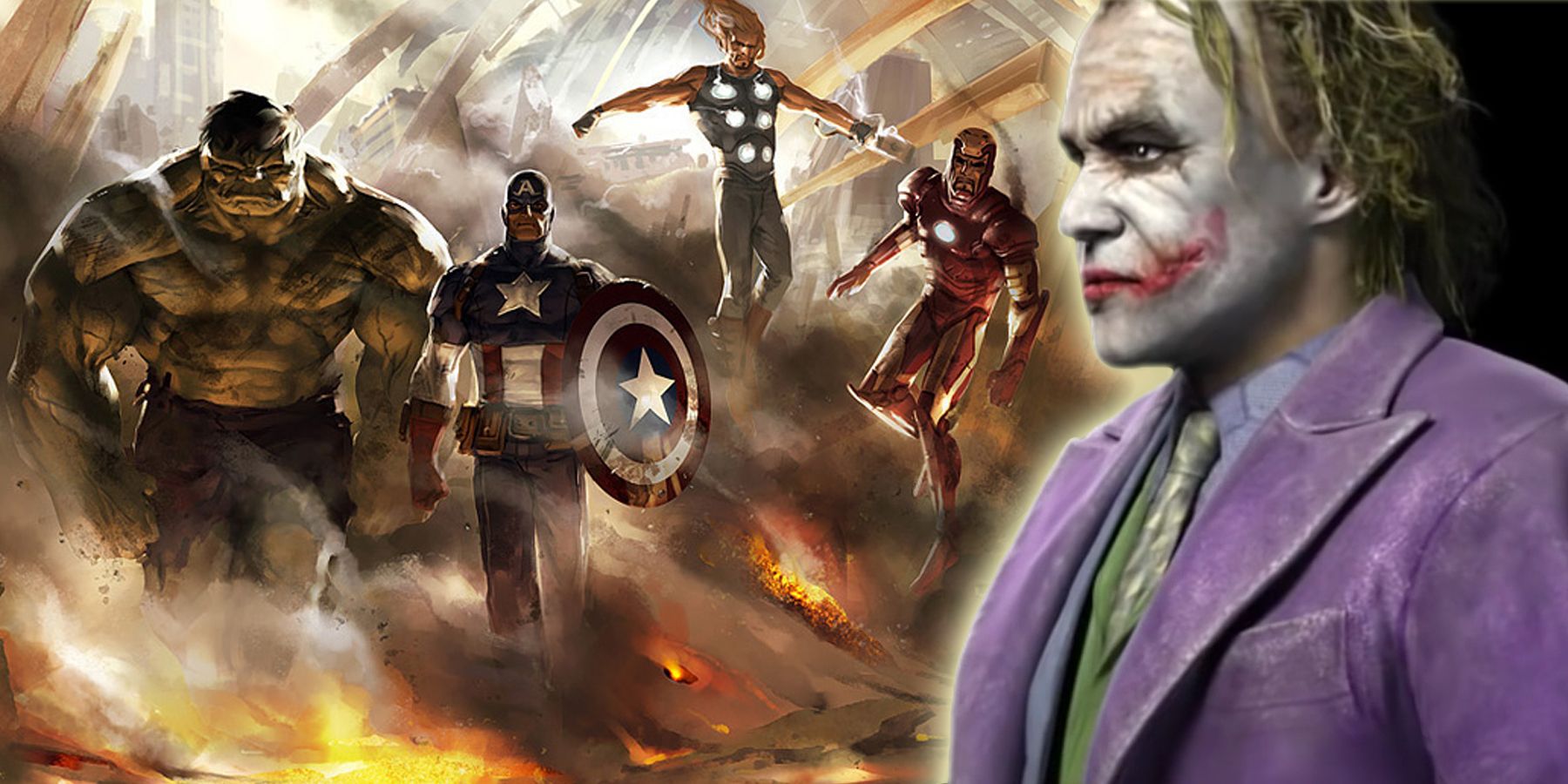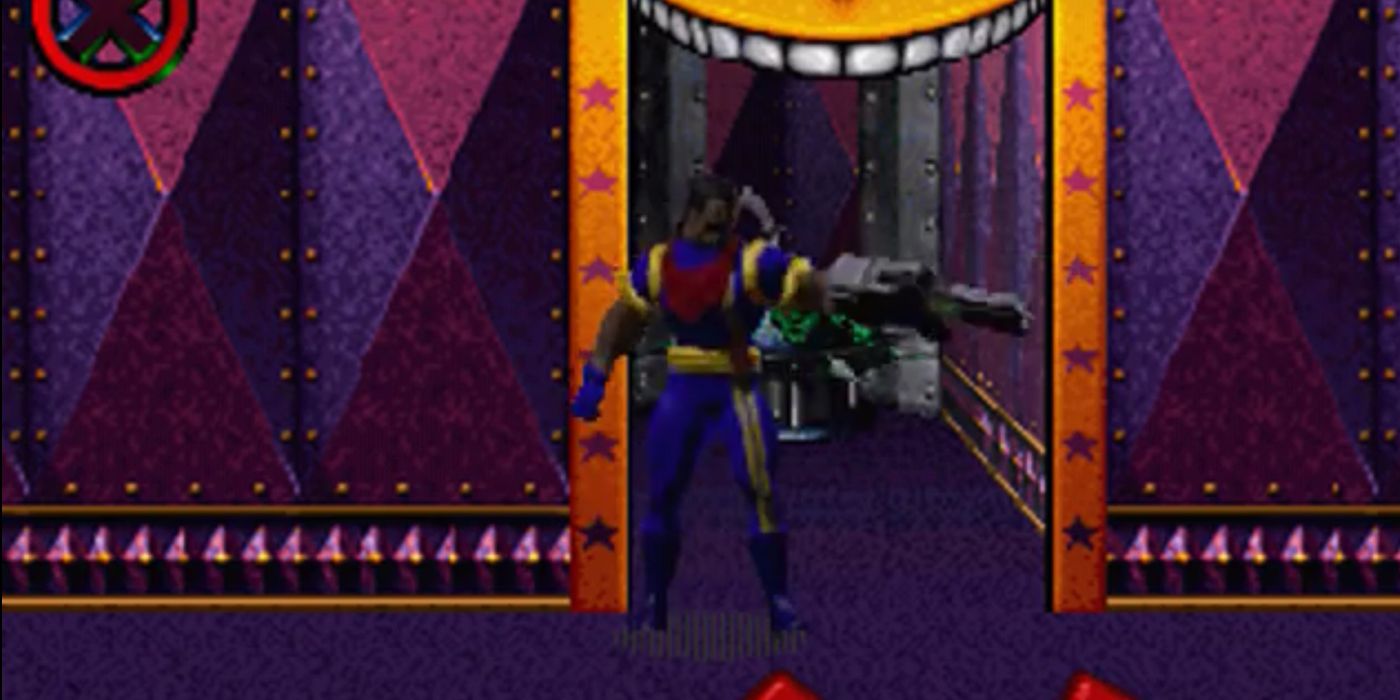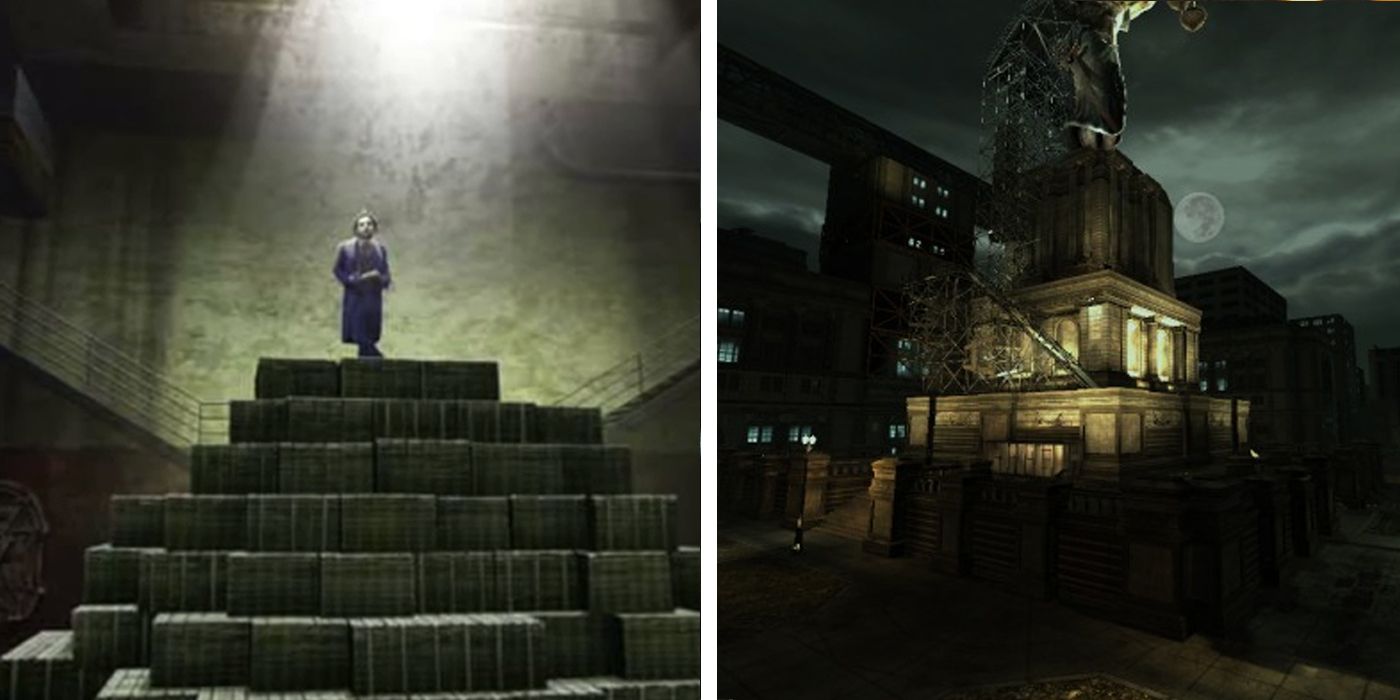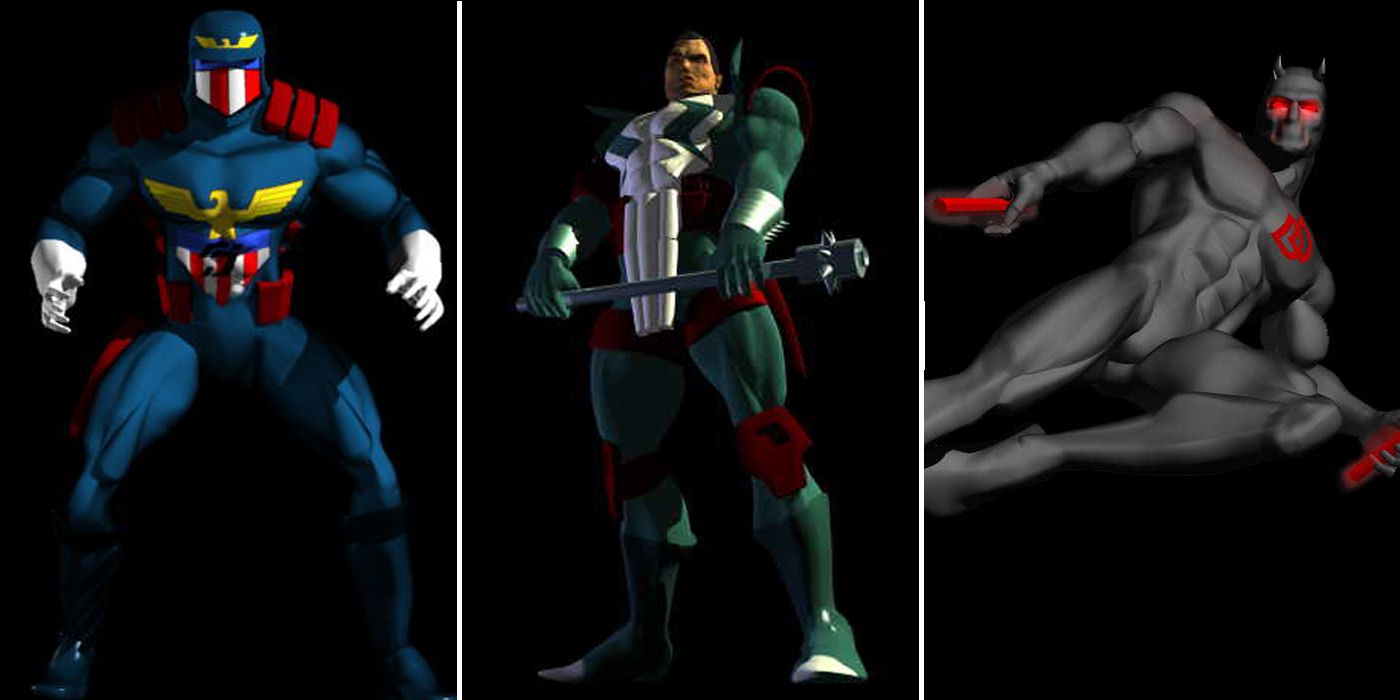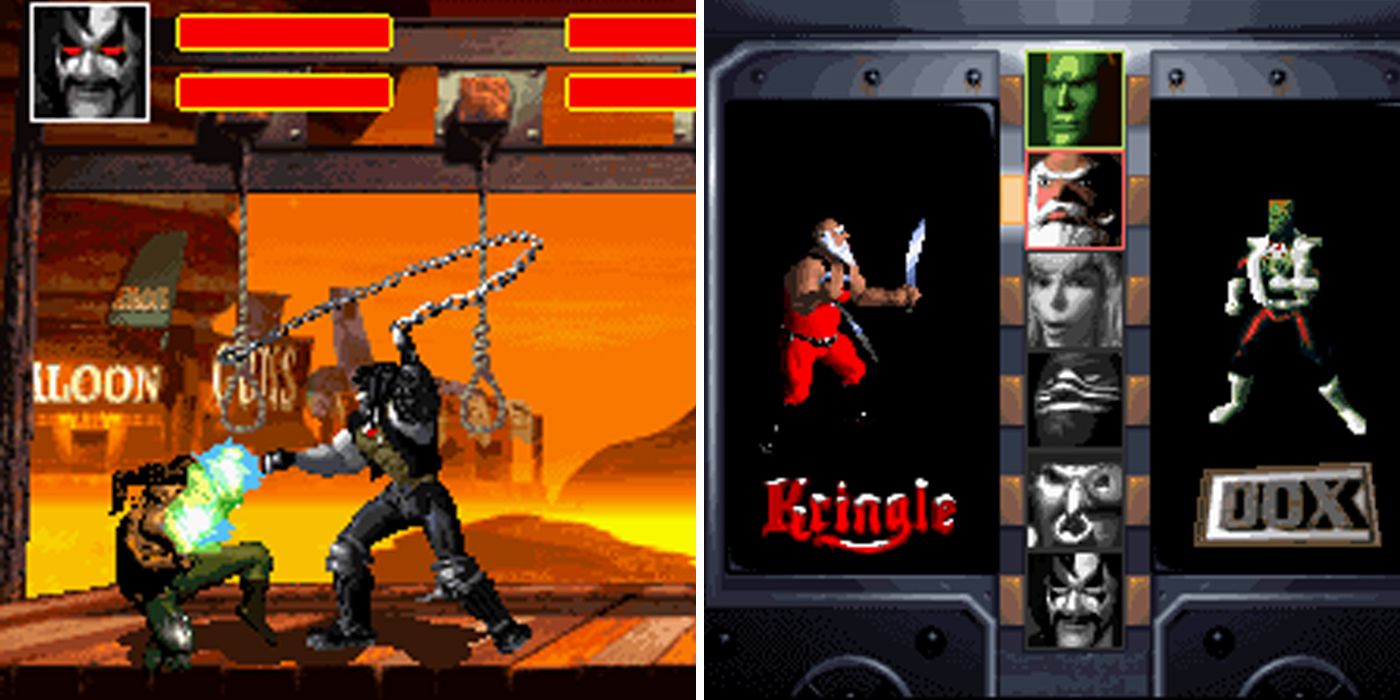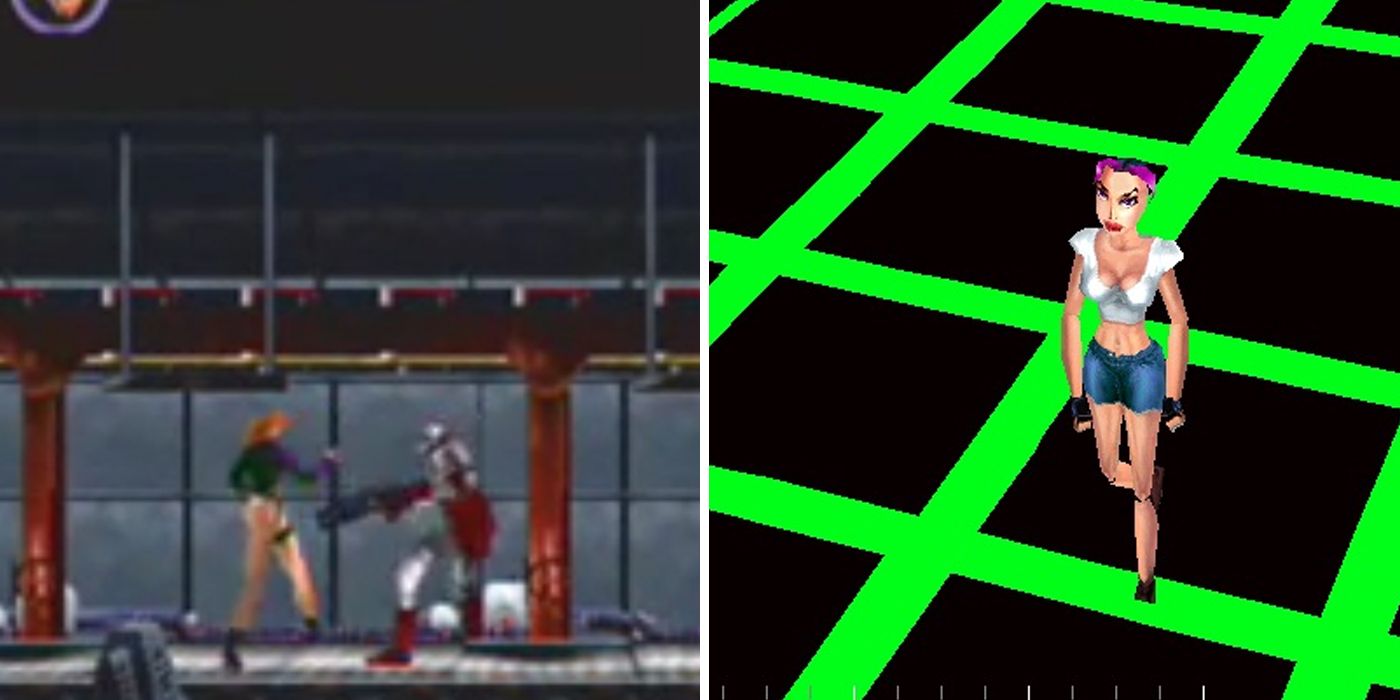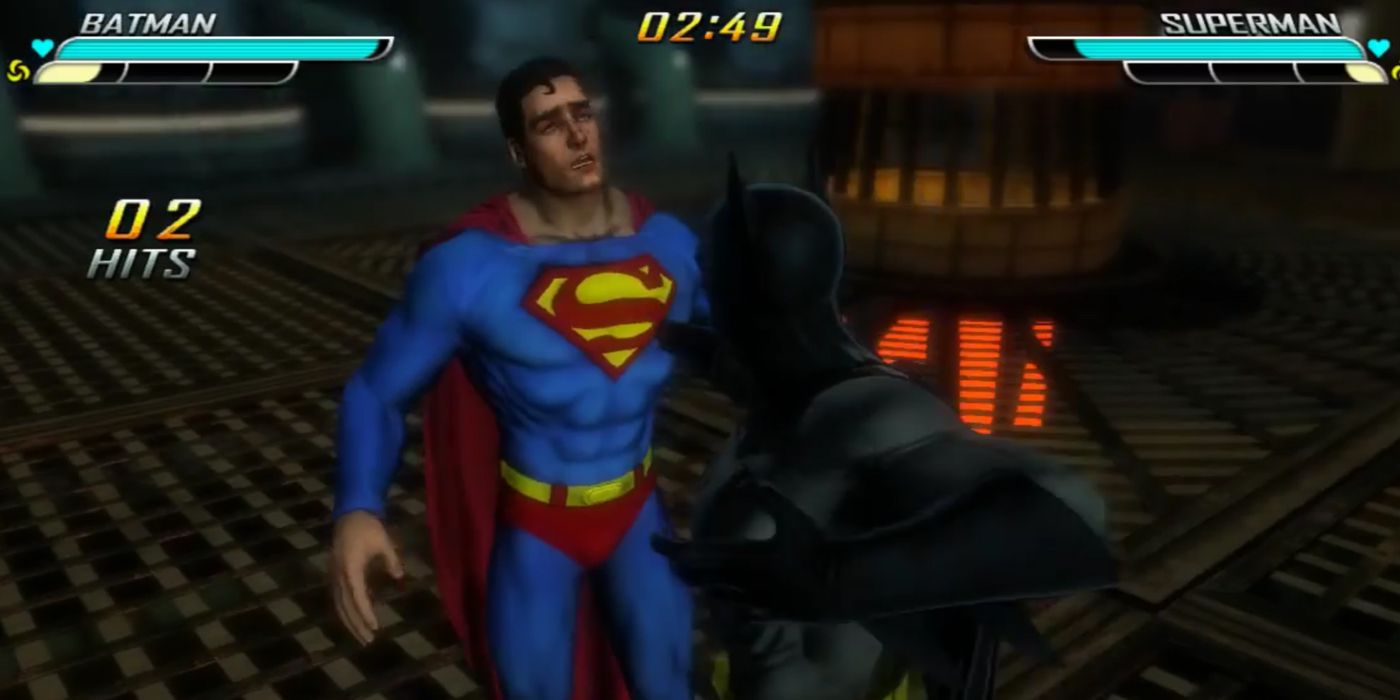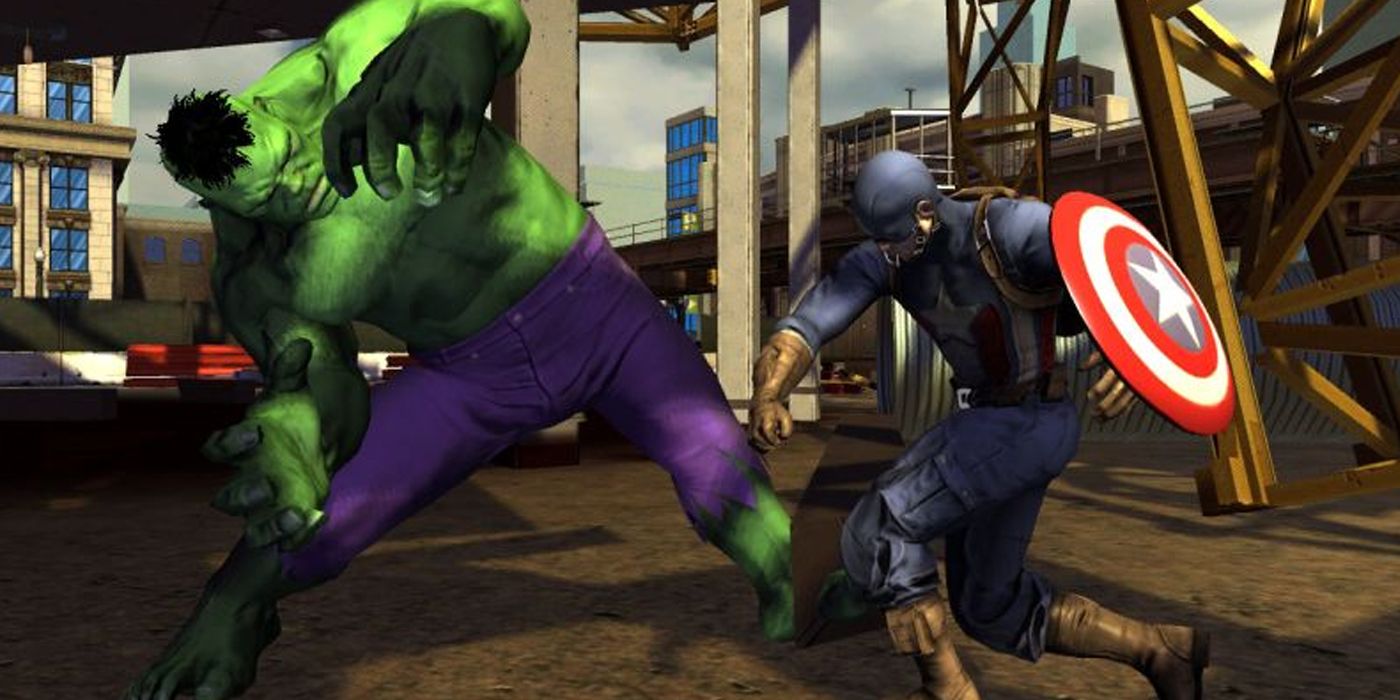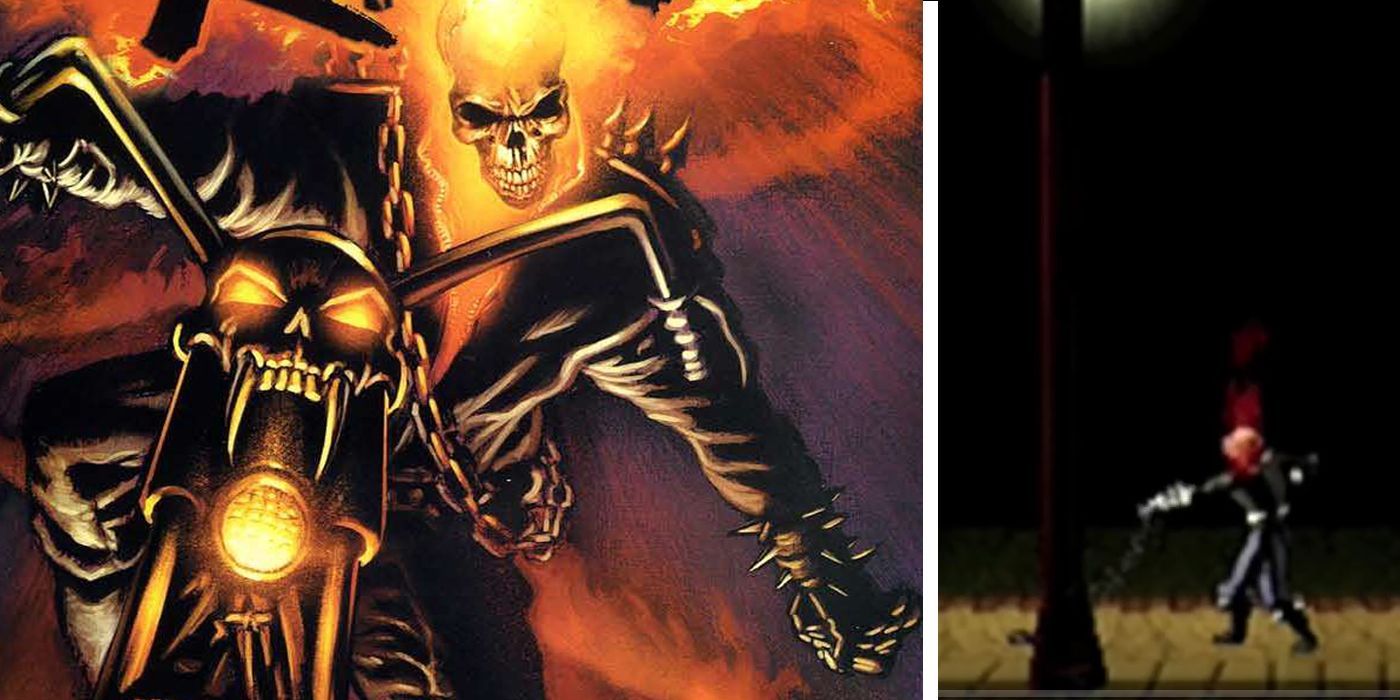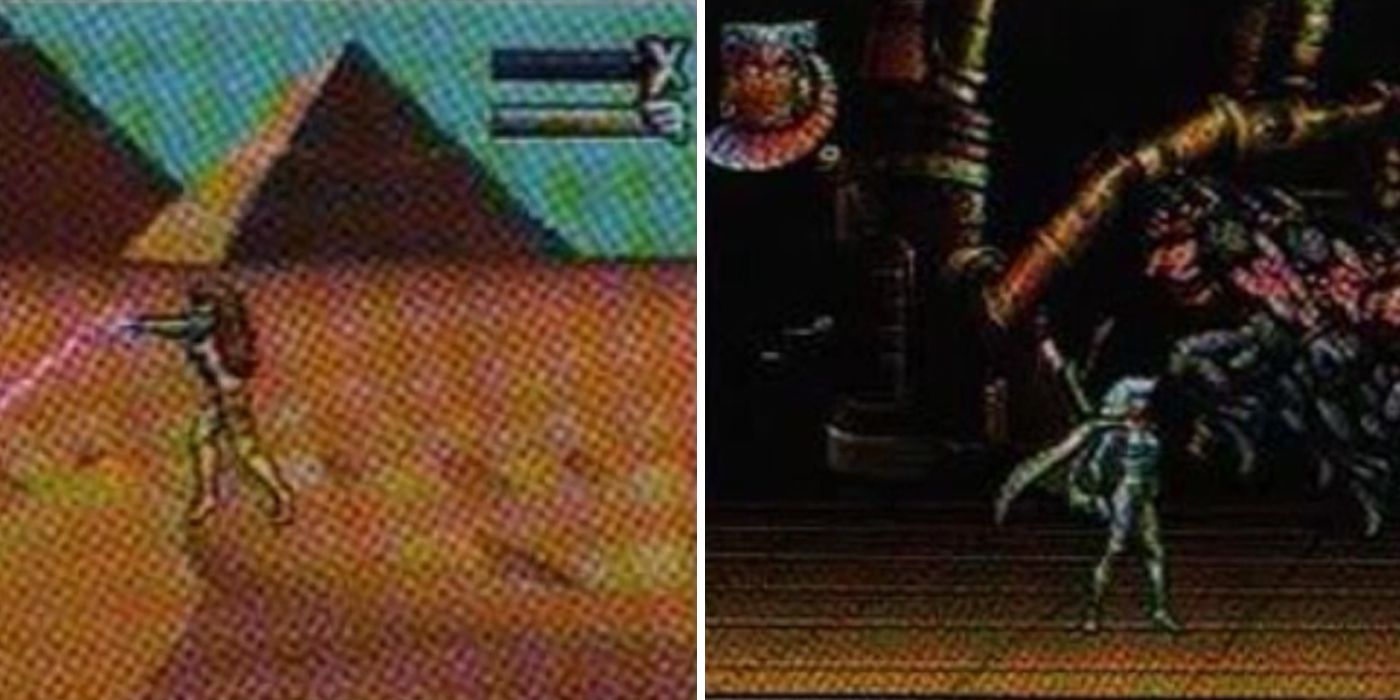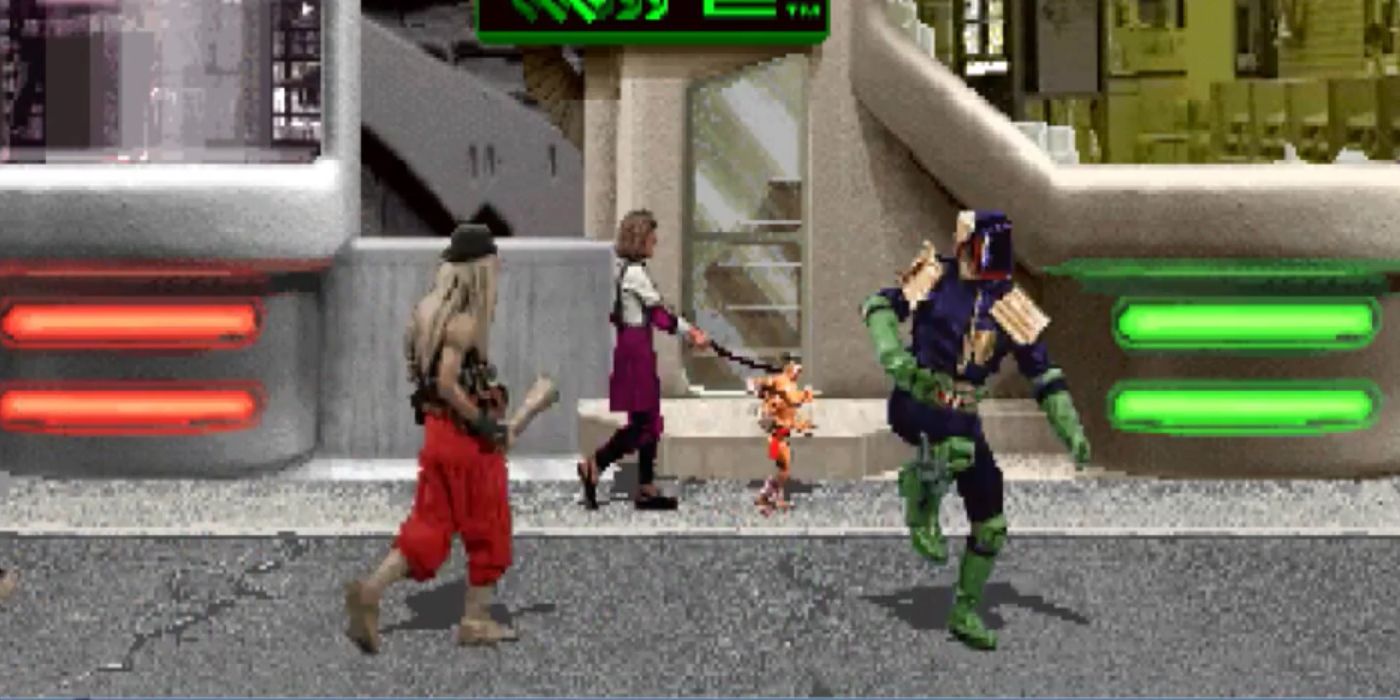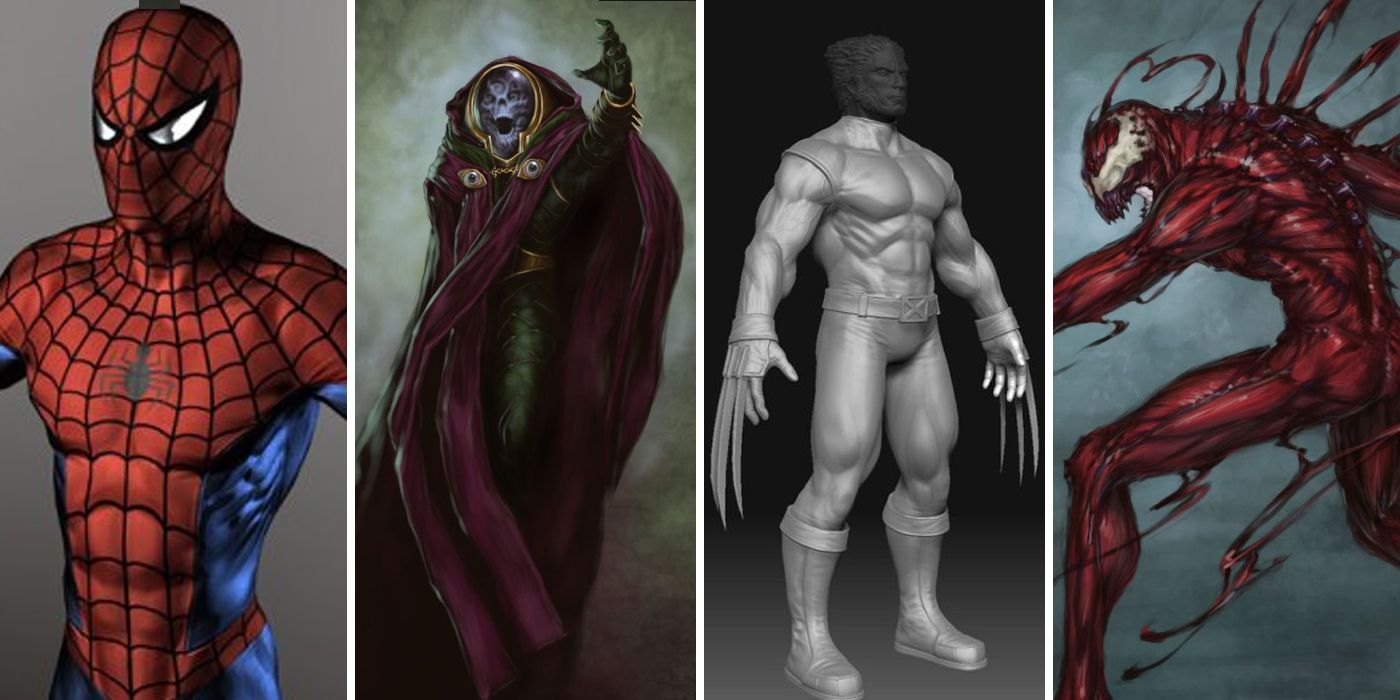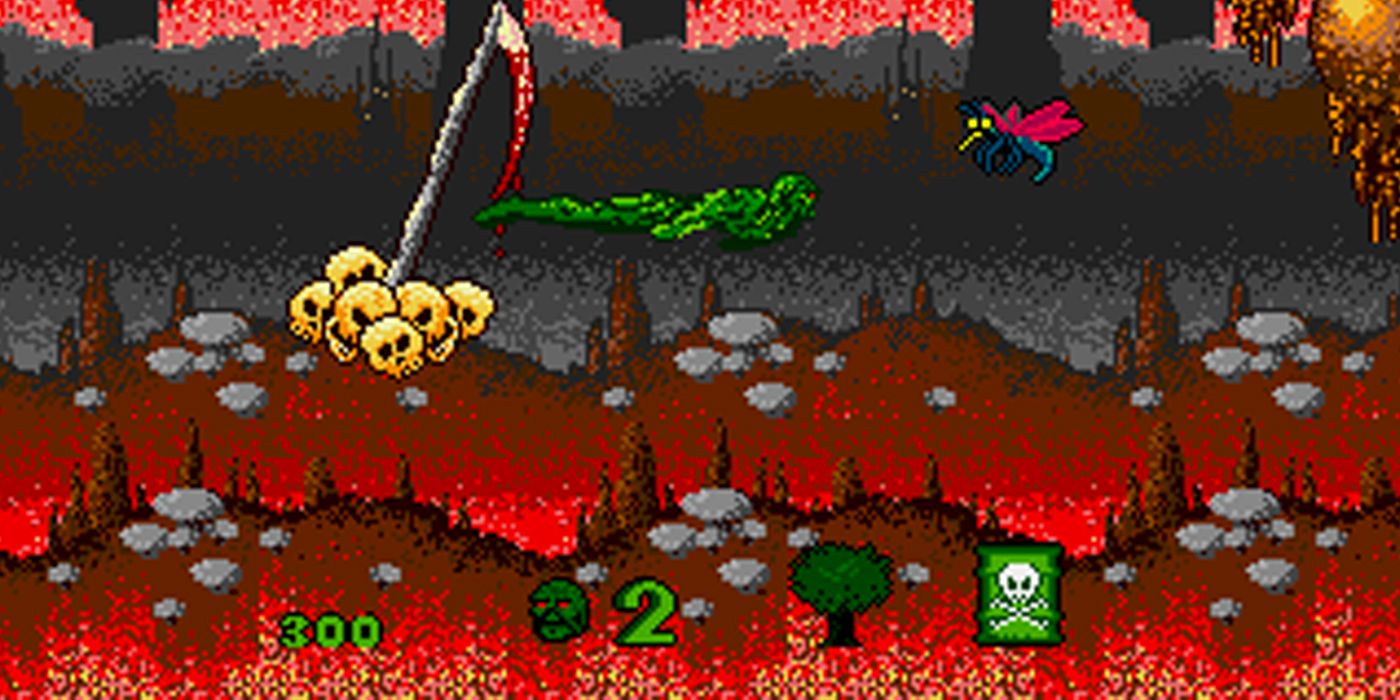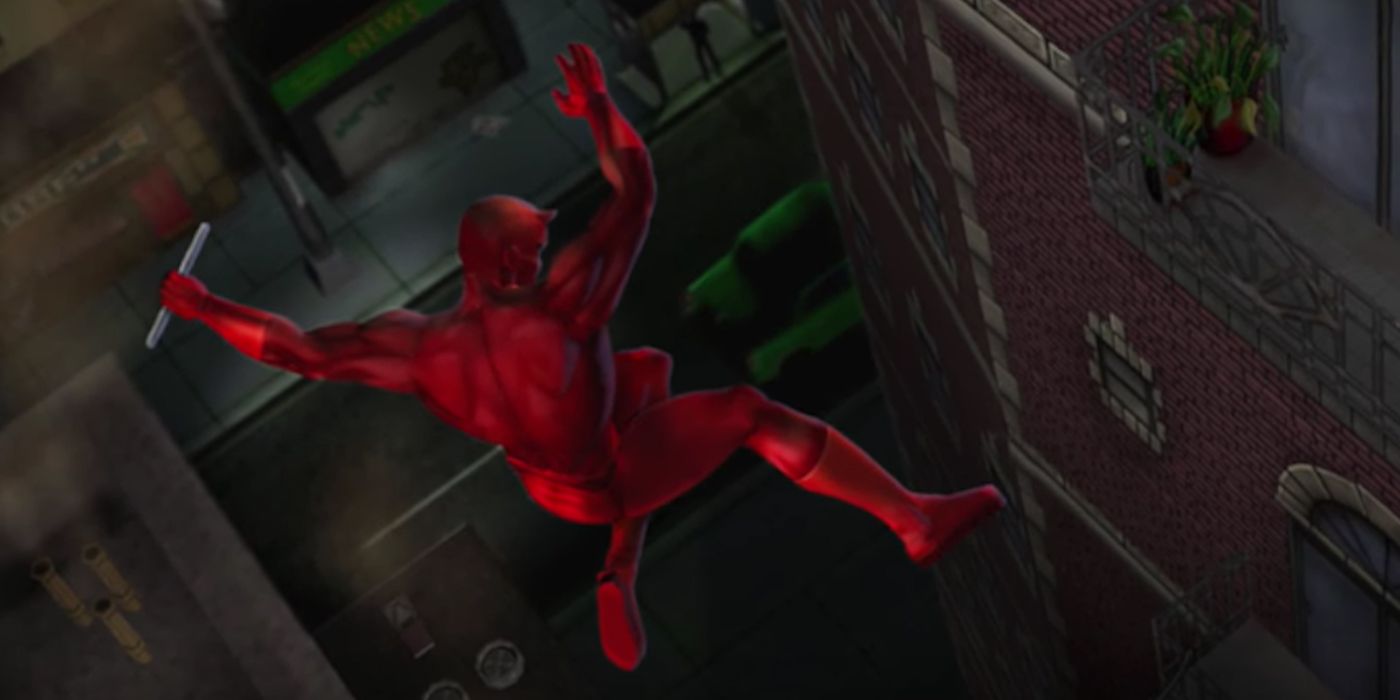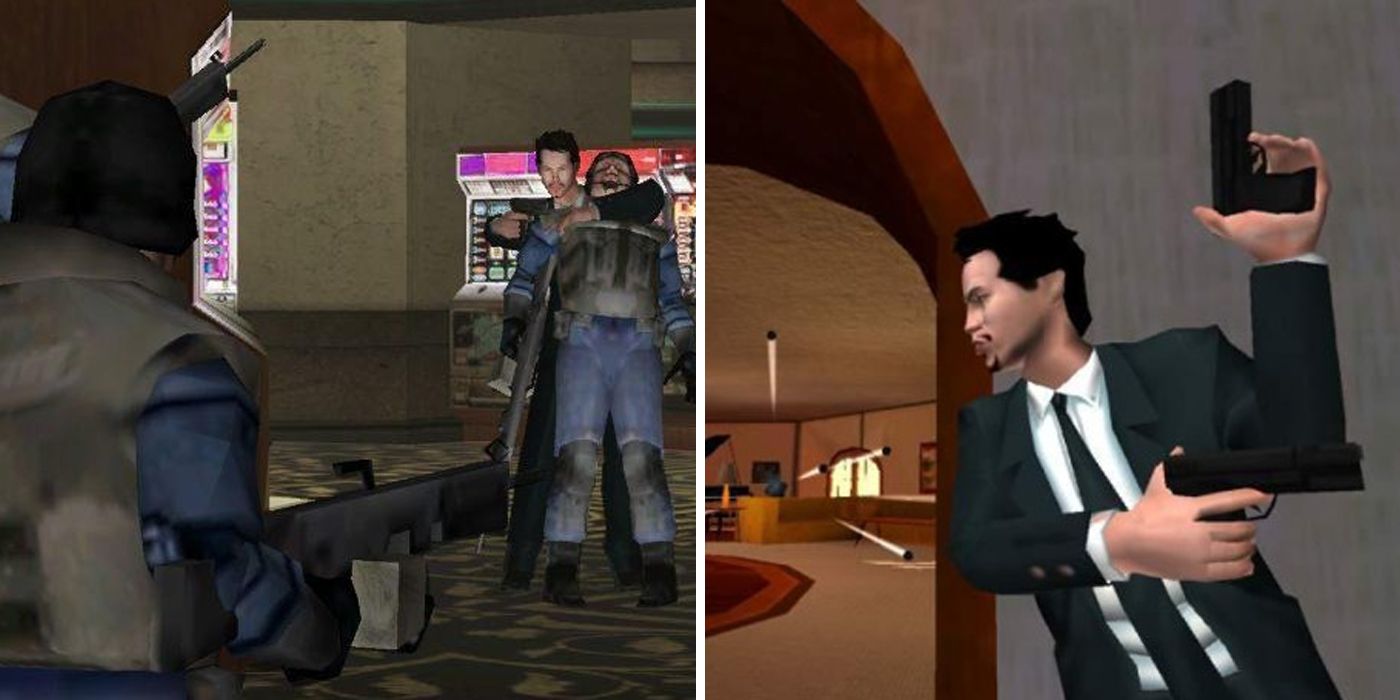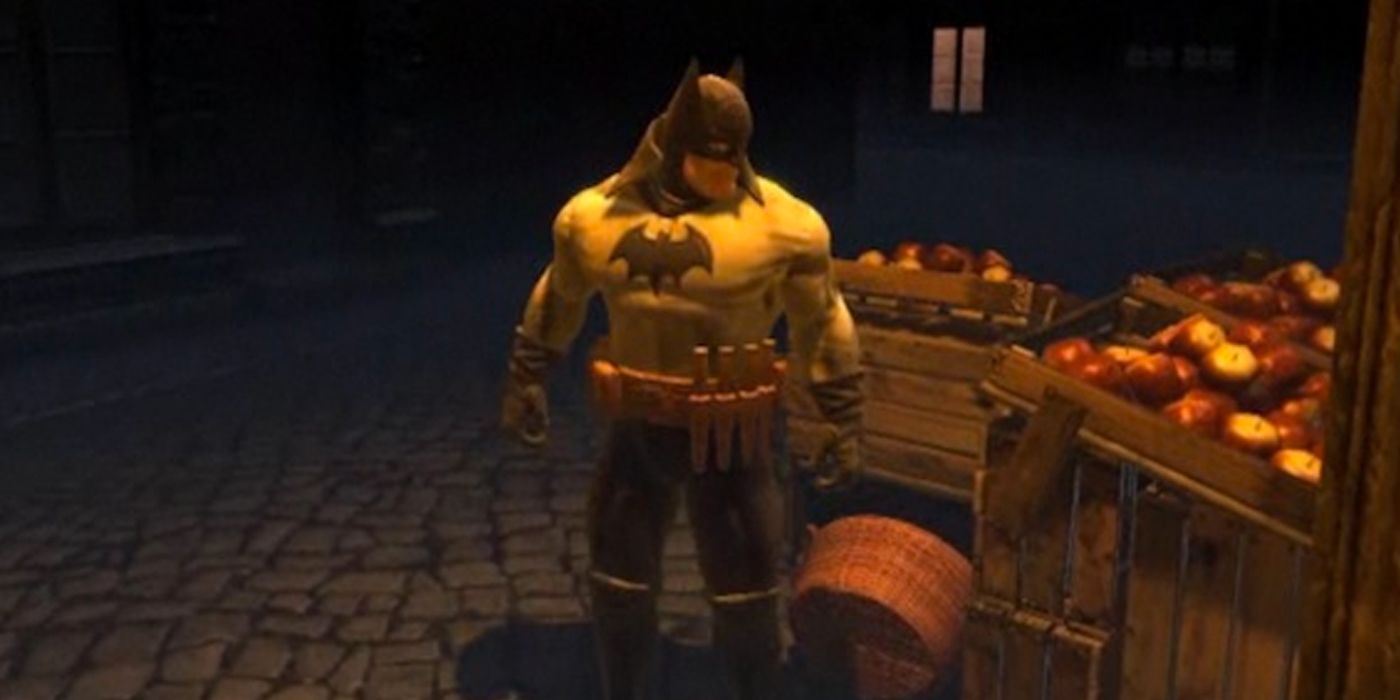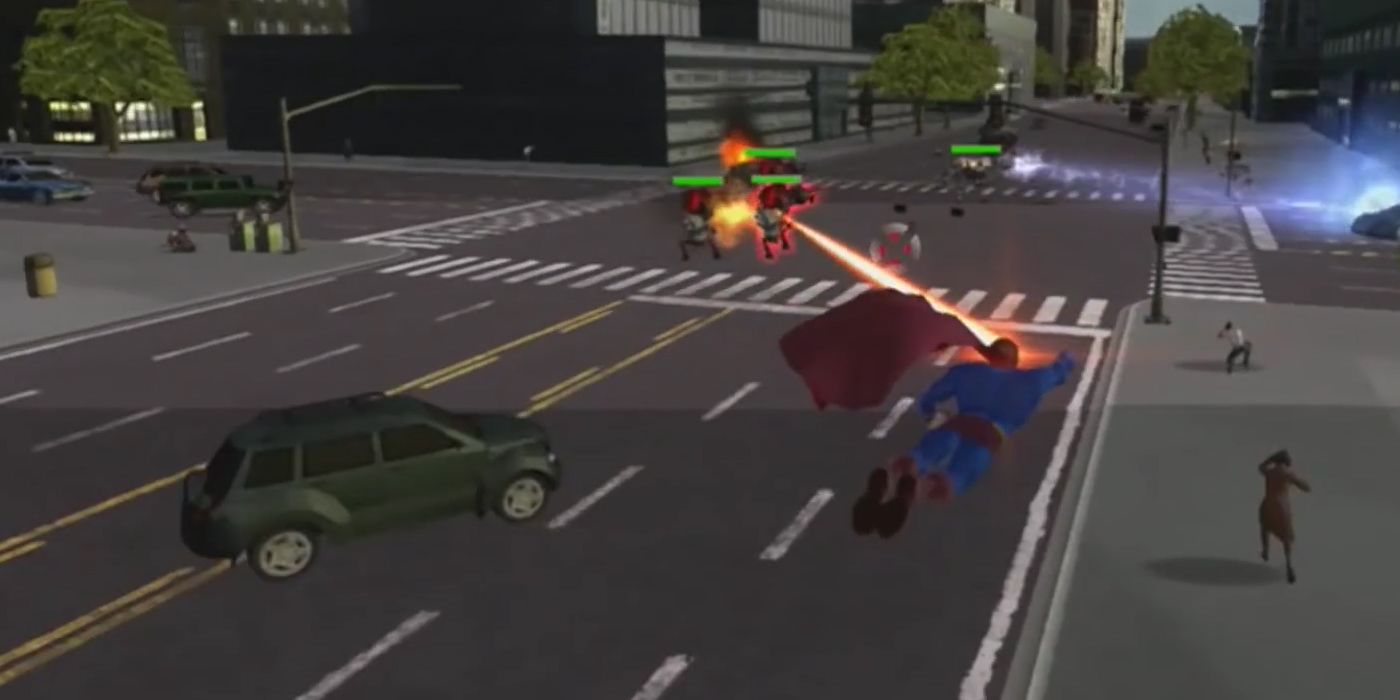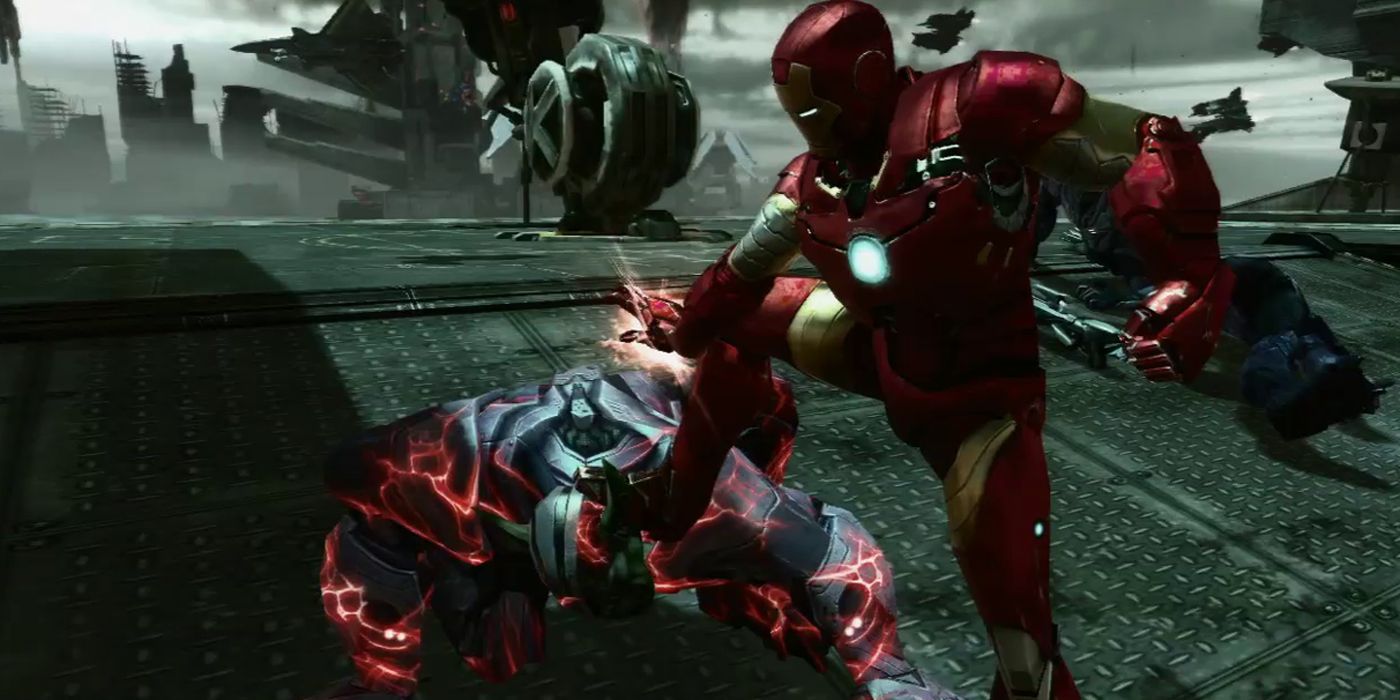The history of the video game industry is littered with half-finished and unreleased games. From technological setbacks to shifting priorities, there are dozens of factors that can keep a game from being completed or seeing release. As the recent cancellation of Warner Bros. Games’ “Suicide Squad” and the recent rediscovery of Bottle Rocket Entertainment’s “The Flash” have shown, even games starring iconic comic book characters can fall through the cracks.
RELATED: 15 Marvel Video Games You Definitely Forgot
Now, CBR is taking a look back at some unreleased video games based on comic books. In this list, we’ll be looking at games that were canceled at any stage in the development process. Also, this list won’t include any canceled ports of games that were originally released on other systems, like the abandoned PlayStation release of Nintendo 64’s “Superman.”
17 X-MEN: MIND GAMES
In the wake of Sega's two successful X-Men games for the Genesis in the mid-1990s, Scavenger Inc. began work on a new X-Men title for Sega’s 32x, a peripheral add-on that boosted the console’s capabilities. The game staring Marvel Comics’ mighty mutants was eventually titled “X-Men: Mind Games” and set for release in late 1995. In the 3D action platformer, players could allegedly take control of Wolverine, Bishop, Iceman or Rogue in order to battle the minor X-Men foe Arcade and navigate through his themed death traps.
Although the game was advertised in print and shown at 1995’s E3 (the Electronic Entertainment Expo), the release was scuttled for unknown reasons. While it’s widely assumed that the commercial failure of the 32x played a role, “Amok,” another Scavenger game meant for the add-on, was eventually released on the Sega Saturn in 1997. At the time, Scavenger was renowned for transcending the theoretical limitations of hardware, and the limited extant footage of the unfinished X-Men game seems to indicate that the game could have been a graphical highpoint for the peripheral.
16 THE DARK KNIGHT
Rocksteady Studios’ “Batman: Arkham Asylum” revolutionized superhero video games and brought DC Comics’ Caped Crusader to a new audience. While that game’s blockbuster success can still be felt today, the Batman game that would’ve preceded it was cancelled before ever officially being announced. After the moderate success of the Eurocom-developed game “Batman Begins,” Electronic Arts and Pandemic Studios Brisbane began work on “The Dark Knight,” which was supposed to be released alongside Christopher Nolan’s now-iconic film.
Allegedly, “The Dark Knight” would have followed the film’s plot faithfully, with much of the film’s cast set to reprise their roles. Although the 3D action game was originally set to follow more of a fixed path, the game evolved into an open world title that would run on the developer’s newly-created Odin engine for the PlayStation 3 and Xbox 360. The previously created detail-rich game assets wouldn’t work properly on the new engine and the developers couldn’t reconstitute their work in the bug-filled engine in time. Although Gary Oldman inadvertently confirmed the game’s existence during a 2008 interview, EA canceled the game the same year, and shut down Pandemic’s Australian division.
15 MARVEL 2099: ONE NATION UNDER DOOM
In the mid-1990s, Marvel offered readers an extended glimpse into its future with the Marvel 2099 publishing line. The effort lasted for most of the decade and Spider-Man 2099 remains a fairly visible character to this day. Shortly before the line began to wind down in 1996, Mindscape Inc. announced that it would be bringing the dark future to life in “Marvel 2099: One Nation Under Doom.” Loosely based on the crossover that saw a present-day Doctor Doom become president of a dystopian United States, this side-scrolling action platformer with 3D characters was set to be released on the PlayStation and Windows PC.
After early demos and game footage were sent out in 1996, the game was advertised in various print outlets around the gaming press. At 1996’s E3 and San Diego Comic-Con, Mindscape exhibited a demo with a playable level that featured Punisher 2099 blasting through S.H.I.E.L.D. troops. Promotional materials also claimed the title would’ve featured a plethora of playable characters including Spider-Man 2099, Hulk 2099 and members of X-Men 2099. In 1997, the game was effectively canceled when Mindscape’s development division was reorganized.
14 LOBO
Although there have been several unsuccessful attempts to bring DC’s intergalactic bounty hunter to the world of video games, the most noteworthy effort came with “Lobo,” originally set to be released in 1996. After working on several Batman games, Ocean Software would’ve developed the title as one of the later releases for Super Nintendo and Sega Genesis. The fighting game would’ve featured six characters, including Brainiac’s heir Vril Dox and Kringle, a Santa Claus fighter inspired by “The Lobo Paramilitary Christmas Special.”
Despite the waning popularity of 16-bit systems, the game was promoted and reviewed in several print outlets. While the title received a modicum of praise for its faithful adaption of the character and his world, reviews were largely negative towards almost every aspect of gameplay, graphics and a limited story mode. The 1996 release of the almost-completed game was scrapped at the last minute for unspecified reasons. Ocean was purchased by Infogrames in 1996, and there has been speculation that this and the game’s poor reviews contributed to its cancellation.
13 GEN13
At its peak in the mid-1990s, WildStorm Productions’ "Gen13" seemed like it was on track to become a multimedia pop culture force. Shortly before the teen heroes’ animated feature film went largely unreleased, EA’s proposed “Gen13” for the PlayStation also met a premature demise. After obtaining the rights to the characters, EA accepted proposals from several developers hoping to make the game. Realtime Associates submitted a working 3D model of the character Rainmaker that had been built in less than a week.
Despite this, EA awarded the development contract to Gray Matter Inc., a major Canadian developer with experience handling licensed titles. In two months, Gray Matter developed a beta version of the game that included two finished levels of side-scrolling action where players could take control of the heroes of Gen13. This build also included an arena mode where players could face each other in one-on-one battles. After the bankruptcy of Gray Matter, EA ultimately scrapped the project, in part due to the comic book’s declining popularity.
12 JUSTICE LEAGUE
In 2007, “Mad Max” director George Miller was in the midst of developing a Justice League feature film for Warner Brothers. While that movie was in pre-production, Double Helix began work on “Justice League,” a third-person 3D brawler that was set to be released on the Xbox 360. In 2008, the rising costs of filming in Australia and a Writers Guild of America strike resulted in the cancellation of Miller’s movie. Then, the focus of the game allegedly shifted to highlight Green Lantern and the project may have been retitled “Green Lantern: A Justice League Game” shortly before its cancellation.
In the game, players allegedly could play as any of the traditional Justice League members against a group of villains including Mongul, Cyborg Superman and Bane. Like “Gen13,” the title also was set to include a fighting mode, where the various Leaguers and villains could battle one-on-one in a 3D environment. Although a playable, semi-completed version of the game seems to exist, Double Helix moved on to work on “Green Lantern: Rise of the Manhunters,” a tie-in to the character’s 2011 feature film.
11 MARVEL CHAOS
After “Marvel Nemesis: Rise of the Imperfects” was released to tepid reviews in 2005, EA Chicago started work on a more traditional Marvel fighting game. In the title, which was possibly called “Marvel Chaos,” players would’ve allegedly been able to take control of a mix of characters from across the Marvel Universe including Captain America, Doctor Doom and Phoenix. Like “Marvel Nemesis,” the existing footage of the game seems to indicate that the gameplay would be focused around a relatively more realistic combat system that highlighted destructive environments.
Later in 2007, EA canceled the project after a few months in production, due to an already troubled development process. EA’s Chicago division was shut down soon thereafter. In 2008, EA officially announced that it would no longer be making fighting games for Marvel. Marvel’s next fighting game didn’t come until 2011, when they reunited with their old partner Capcom for “Marvel Vs. Capcom 3: Fate of Two Worlds.”
10 GHOST RIDER
While Ghost Rider eventually received his own game to coincide with his 2007 movie, the first attempt to give Marvel’s Spirit of Vengeance his own game came in 1996. After obtaining the rights for some of Marvel’s darker characters, video game publisher Crystal Dynamics partnered with Neversoft to make “Ghost Rider.” Originally intended for a PlayStation release, a demo level of the game was only publicly shown by Crystal Dynamics once at E3 in 1996.
Allegedly, the plot of the game would have been loosely based on the blockbuster early 1990s stories that introduced Danny Ketch as a new Ghost Rider. With Ghost Rider’s chain as his primary weapon, the action platformer would’ve likely invited comparisons to “Castlevania.” In a twist on the usual side-scrolling formula, players would’ve been able to rotate the 3D background on its axis. While Ghost Rider could only move horizontally, this move quite literally added a new dimension of depth to the game. After six months in development, "Ghost Rider" was canceled when Crystal Dynamics ended their publishing operations in order to become a full-time developer.
9 X-WOMEN: THE SINISTER VIRUS
In the wake of the commercial and critical successes of “X-Men” and “X-Men 2: Clone Wars” on the Sega Genesis, Sega wanted to release one more X-title as the console’s life cycle ran to a close. While those other titles mainly featured earthbound male X-Men, “X-Women: The Sinister Virus” would have focused on some of the X-Men’s high-flying female members. Originally set for release in 1997, Clockwork Tortoise’s 2D side-scrolling action platformer would’ve focused on Storm, Jean Grey and Rogue.
While a few screenshots of the game appeared in a handful of contemporary video game magazines, the only existing footage of the game in motion comes from an exhibit at Disney’s Epcot in Orlando, FL. At the time, several current and upcoming Sega releases were featured at Innoventions, a technology pavilion at the theme park. While “X-Women” wasn’t available to play, Sega’s fall 1996 exhibit featured a short video filled with frantic combat built around the characters’ ability to fly. Although an official reason for the game’s cancellation was never publicly released, Sega had shifted its resources to supporting the Sega Saturn.
8 JUDGE DREDD
While Judge Dredd’s widest introduction to the American public came with the 1995 Sylvester Stallone-led “Judge Dredd,” Midway Games tried to bring the Mega City-One protector to arcades in 1992. Using the same engine as the wildly popular fighting game “Mortal Kombat II,” Midway created a side-scrolling beat-em-up with their distinctive photo-based sprites. Although the game was never fully completed, several prototype arcade cabinets featuring the first three levels of the title were released for testing in Chicago.
In the game, one-to-three players would’ve been able to take control of Judge Dredd in order to fight bizarre villains ripped from the pages of “2000 A.D.” The title was filled with the character’s trademark sense of humor, with one stage featuring giant rats and another featuring a cameo from "Mortal Kombat’s" Goro as a small pet on a leash. While the game’s brawling sections and a survival mode worked fairly well, a platforming section was almost unplayable due to its extreme difficulty. Allegedly, Midway ultimately abandoned the game in early 1993 due to the prototype’s poor reception, the decline in the side-scrolling genre’s popularity and American unfamiliarity with the property.
7 SPIDER-MAN CLASSIC
Although Spider-Man has appeared in dozens of video games over the years, one of the most intriguing premises for a Spider-Man game never got past the initial stages of development. After the success of their title “Spider-Man: Web of Shadows,” Shaba Games began work on a new project called “Spider-Man Classic” for Activision in 2008. In a nice nod to Spider-Man’s status as Marvel’s go-to team-up partner, players would’ve been able to play as either Spider-Man or Wolverine in the game.
Allegedly, the focus of the game would’ve been on recreating classic battles with Spider-Man’s classic rogues gallery, with the exception of Venom, who had starred in “Web of Shadows.” The extant concept art shows monstrous versions of Carnage and Mysterio, who would’ve worn a hologram-projecting suit. When Shaba went bankrupt in 2009, the game was canceled, along with the studio’s other active projects. Some of those design elements were eventually used in Beenox’s 2011 release “Spider-Man: Shattered Dimensions.”
6 SWAMP THING
While comic fans might think of Swamp Thing as a cult favorite character, the Earth elemental had starred in two feature films, a live-action TV show and an animated series by early 1991. Although two Swamp Thing games were released to mixed reviews on the NES and Game Boy, Nuvision Entertainment and Microsmiths' never-completed “Swamp Thing,” a strange side-scroller, was also developed exclusively for the Sega Genesis.
While the game was exhibited at the 1991 Consumer Electronics Show (CES), all of the game’s extant prototypes seem to end after the first level. In the game, players would’ve been able to take control of Swamp Thing in order to protect the environment. In addition to basic side-scrolling action, Swamp Thing could transform into a log or a leaf in order to roll over enemies or glide into new portions of the level. While no official reason for the cancellation of the title was ever given, it’s supposed release date would’ve been after the failure of the character’s two previous games and the Swamp Thing animated series.
5 DAREDEVIL: THE MAN WITHOUT FEAR
While most of Marvel’s characters have had a starring role in a video game at one point or another, Daredevil has never headlined a game for a home console. In 2002, Encore Entertainment and 5000ft Inc. began work on a Daredevil game, intended to be a faithful tribute to the character’s comic book history for the PlayStation 2. After the announcement of the character’s 2003 feature film, the scope of the game was greatly expanded, turning the once-small title into an open world action game, loosely inspired by “The Man Without Fear” and “Elektra Lives Again.”
Now called “Daredevil: The Man Without Fear,” the game was set to feature Daredevil and Elektra as playable characters alongside a huge cast of allies and villains. As development continued, Sony requested significant changes, like the addition of the ability for Daredevil to do a Tony Hawk-esque grind along power lines. While ads for the game began to run in Marvel’s comics, 5000ft started to fall apart from the inside after lengthy internal power struggles and technological setbacks. Despite the game’s almost-completed status, Marvel did not approve of the Sony-mandated changes and ultimately pulled the Daredevil license in late 2003.
4 100 BULLETS
Brian Azzarello and Eduardo Risso’s landmark Vertigo crime comic, “100 Bullets,” has the perfect premise for a gunplay-rich video game. In 2003, Acclaim started work on the first attempted “100 Bullets” game, intended for a 2004 release on the Xbox and PlayStation 2. With an original story developed with Azzarello, the game company wanted to force players to consider the moral implications and consequences of their actions. The game would’ve starred the comic’s Cole Burns and an original Azazrello-created character named Snow Falls in a third person action game.
While builds of the game were previewed for game journalists throughout its early development, the title’s most famous demo was shown at E3 in 2004. This demo received positive reviews from critics, who praised the game’s graphics and slow motion “bullet time” segments. Around the same time, a trailer for the half-finished game was also released. In September 2004, Acclaim declared bankruptcy and the project officially died. Warner Brothers Interactive and D3 announced plans to make a different “100 Bullets” game in 2006, but nothing ever came of the effort.
3 BATMAN: GOTHAM BY GASLIGHT
While the success of “Batman: Arkham Asylum” showed that a darker version of Batman could thrive in the world of video games, Day 1 Studios pitched a game that would take the Dark Knight into a distinct new direction. In 1989’s “Gotham by Gaslight,” Brian Augustyn and Mike Mignola created a version of Batman who fought Jack the Ripper in Victorian England. In “Batman: Gotham by Gaslight,” Day 1 tried to bring this gothic steampunk version of Batman to life for the PlayStation 3 and Xbox 360.
While THQ was never able to secure the rights to publish the game, video of a prototype exists. The footage received largely positive reviews, especially for its apparent cape physics and its moody fog-filled London, which captured the spirit of Mignola’s artwork. While the game didn’t make it far into the development process, the “Gotham by Gaslight” outfit has appeared in a handful of subsequent Batman games as an alternate costume.
2 SUPERMAN: BLUE STEEL
While Batman has become a video game icon in the past decade, his “World’s Finest” partner Superman hasn’t been so lucky. In 2008, the licensed game publisher Brash Entertainment partnered with developer Factor 5 to make a Superman game, unofficially dubbed "Superman: Blue Steel," that could tie in for a supposed sequel to Bryan Singer’s “Superman Returns.” Originally set to be released on the PlayStation 3 and the Xbox 360, the game was set to feature Brainiac and Darkseid as major villains in a fully-destructible, open-world Metropolis.
After the cancellation of that film was announced, the game began to take more inspiration from the comics and Superman’s previous film outings. As the proposed villain roster grew to include Metallo, Bizarro and Kalibak, the developers focused on creating a complex control system that could adequately represent all of Superman’s powers. While a few impressive demo videos were created, Brash went bankrupt for unrelated reasons in fall 2008. While Factor 5 continued to work on the still-gestating game, the studio was not able to find a new source of funding and shuttered its doors later that year.
1 THE AVENGERS
While most comic book video games use a third-person perspective, THQ Australia’s “The Avengers” game would’ve given players the chance to control Earth’s Mightiest Heroes in first-person. Although the title’s release was supposed to coincide with the premiere of the Avengers' 2012 film, the game took visual cues from the Ultimate Universe and was loosely adapted from 2008’s crossover “Secret Invasion.” Like that comic, the game was written by Brian Michael Bendis and would have featured a Skrull invasion led by Queen Veranke.
In the game, players would have initially been able to play as Captain America, Thor, Iron Man or Hulk. Each character had a different set of moves that reflected their powers, with some special moves taking place in third-person sequences. Cooperative play, either local or online, would’ve allegedly been a big part of gameplay, and other playable characters like Hawkeye, Black Widow, Ms. Marvel and War Machine were also meant to be included. By 2011, a series of unrelated business decisions forced THQ to shut down its Australian division and cancel the game. Even in its unrefined state, the game’s extant footage has garnered widespread acclaim, and Bendis has stated that the playable prototype was simply “amazing.”
Stay tuned to CBR for all the latest in comic book gaming news! And be sure to let us know what unreleased games you want to play in the comments!

